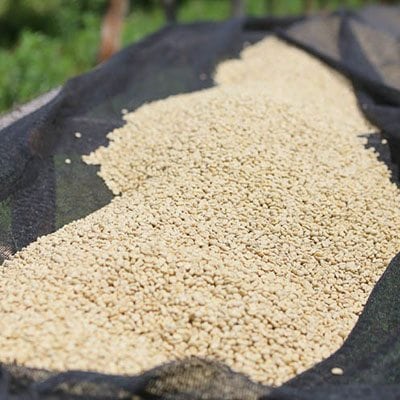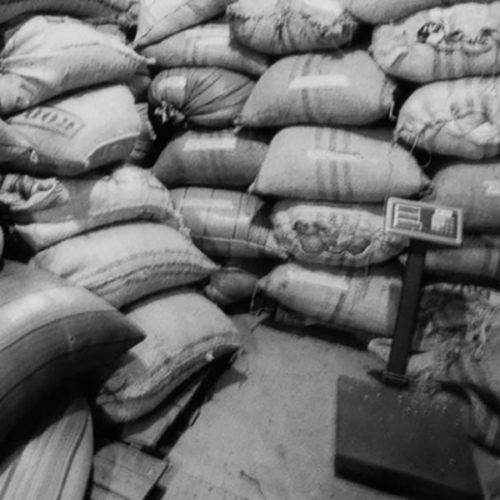Description
Farm Description
Kamoini is one of several coffees we picked up from Othaya Farmer’s Cooperative Society (FCS), an FCS that includes an impressive amount of wet mills, 18 in all, dating back to the late 1950s. Kamoini Factory sits at 1825 meters above sea level, right along the Ichamama River, which is fed from the Karima forest above. “Factories” are essentially small washing stations aligned with a particular “society” in Kenya, what we would call a “cooperative”. We return to the societies who seem to regularly produce some of the best Kenya coffees, and each year we come across societies that are new to us as well. Being one of the older Kenya FCS, we are well aware of the quality coming out of Othaya, and have had the good fortune to buy a few stellar lots the past two years. It was purchased direct, not through the Kenya auction system, so we could avoid the risk of losing it. To do this we pay a price that is higher than what the top auction bid might be, but it means we get the exact lot we want. This is the peaberry outturn, and “outturn” being the different bean size separations they achieve from each lot separation. In general, there is AA, AB, and Peaberry (or “PB). The first two are related to the size of the regular flat beans, the largest being AA, and AB slightly smaller. They then separate the 5% or so peaberries, a natural mutation that occurs on every coffee tree where one of the two beans inside the coffee cherry essentially dies, and the other receives all the nutrition, naturally taking on a small circular shape (no wonder in Latin America they are referred to as “caracoles”, or snails). We also bought the AA outturn from this lot separation, rewarding it with a cup score of 93. This PB is right on par in quality, with a boost in fruited tones, and slightly-less intense acidity.
Cupping Notes
The drip/press roast with a dry fragrance of heavy fruit and raw sugar tones create a vivid picture of what’s to come in the cup. The roasts have such an attractive set of smells, plum and grape jellies, a red raisin accent, and a tropical scent that’s like rambutan or lychee fruit. An aromatic profile in these light roast levels, the crust and resulting steam loaded with smells of fresh and cooked fruits, followed by both tropical and spiced accents. Body is juicy to say the least, and light to middle roasting (City to City++) pulled out plump notes of blackberry and blueberry, a pineapple accent, and an array of stone fruit notes. Baking spice accents complete the flavor image as the cup cools, cinnamon and even nutmeg to some extect, make an appearance out on the exhale (retronasal). Acidity is vivid without being overbearing, like when a pink grapefruit is at it’s peak ripeness: a slight grabbiness, but with loads of sweet citrus flavor. For the espresso roasts (at Full City) pull shows a chocolatey side, like pairing a rich cacao/chocolate bar with canned pear.


